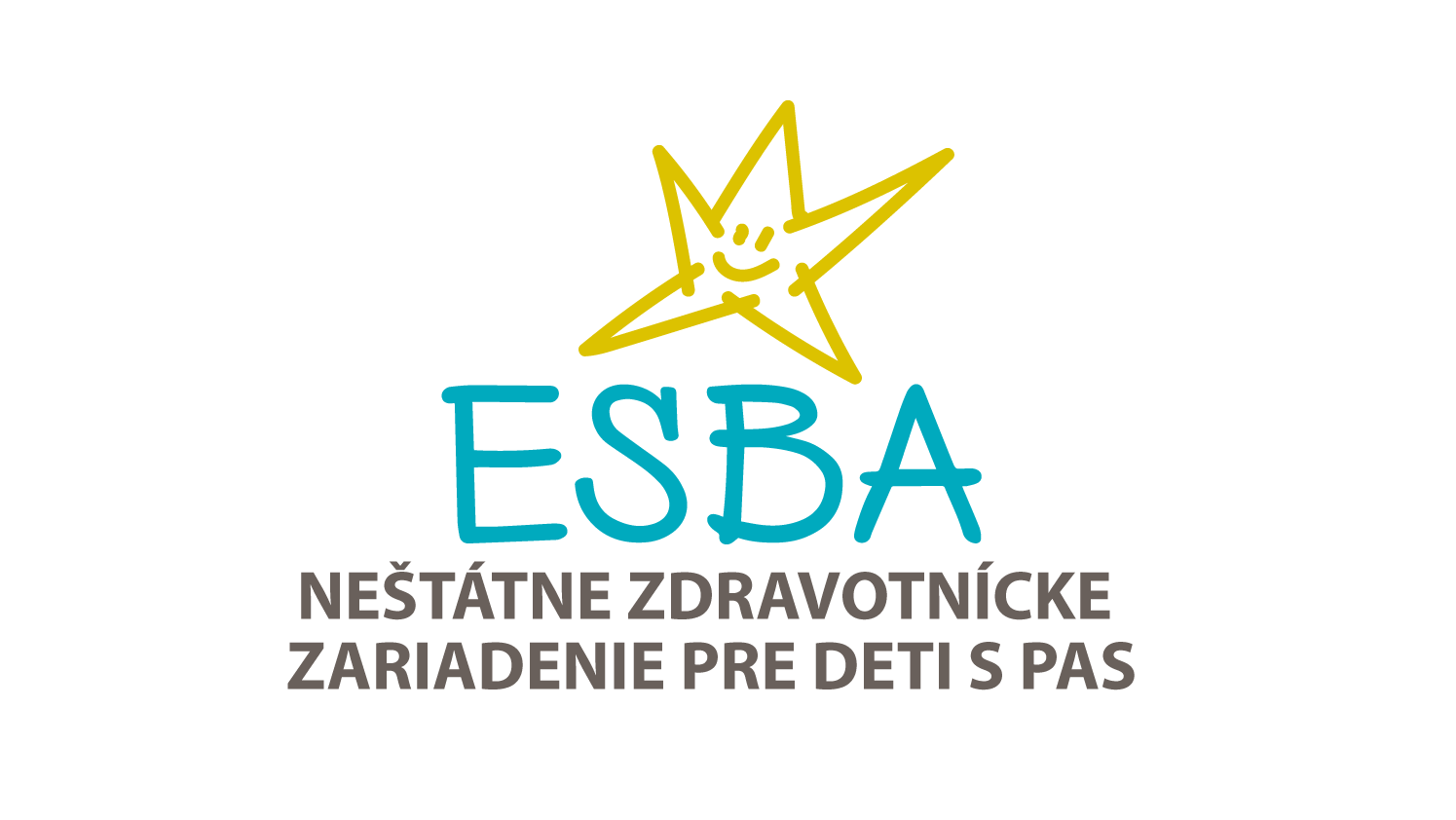According to the website of the National Autistic Society „intervention is any kind of activity (such as treatment, therapy, or provision of service) designed to improve the quality of life of people on the autism spectrum.“
Early intervention means provision of services to young children (0-5 years of age) with developmental delays or disabilities as well as to their families
Studies have proven that the earlier the children with autistic spectrum disorder receive appropriate intervention, the greater improvement in intellectual development, language abilities and social interaction can be achieved.
There are many different types of intervention, and the names and numbers of interventions are increasing all the time. While there is no cure for autism, research shows that some interventions can help alleviate its symptoms. Some interventions are designed to address the core features of autism (persistent difficulties with social communication and social interaction, along with restricted, repetitive patterns of behaviour, interests, or activities). Other interventions are designed to address other issues (such as anxiety, aggression, or self-injurious behaviour).
While there is no cure for autism, research shows that some interventions can help alleviate its symptoms.
However, there is no ‘one-size-fits-all’ solution. Each person on the autism spectrum, whether it is a child or an adult, is a unique individual with unique needs and abilities. An intervention that has a positive outcome on certain individuals, can have little or no effect on others. That is why it is important to choose an intervention that is tailored to meet the unique characteristics of each individual.
Video – An overview of the most well-known therapies and interventions for children with autistic spectrum disorder.
Video presents the most common therapeutical approaches and interventions based on scientific evidence and research – ABA (applied behaviour analysis), TEACCH, JASPER, ESDM, DIR, FLOORTIME and biomedical intervention.
Source: spektrum.life)
More information
In the following, we mention several intervention approaches that are scientifically proven to have a positive impact and are recommended on the website of the National Autistic Society
Early Start Denver Model
ESDM refers to early intervention approach to autistic spectrum disorder in children aged in the range of 12-60 months.
This approach has been developed by a team of researchers and clinical experts Sally Rogers and Geraldine Dawson, pioneers in the field of autism therapies in the USA. Based on their long-term research activity and work with children and their families, they created a model that combines elements of several approaches such as applied behaviour analysis (ABA), pivotal response treatment (PRT) and the original Denver model.
– You can find more information on ESDM here on our website.
Applied behaviour analysis (ABA)
Applied behaviour analysis is a systematic way of observing someone’s behaviour, identifying desirable changes in that behaviour, and then using the most appropriate methods to make those changes.
This scientifically proven approach stems from the knowledge that behaviour of an individual is influenced by the environment and set of circumstances taking place before and after the given behaviour. ABA therapy is based on the idea that someone’s behaviour can be changed by altering what happens before the behaviour occurs (known as antecedent) and/or by altering what happens after the behaviour occurs (known as consequence). The therapist will then analyse how well that approach works, and if necessary, make changes to the intervention in order for the desired improvement to appear in child’s behaviour later on.
Example:
An ABA therapist may try to improve the child’s communication and social skills (their behaviour) by demonstrating more effective ways of interacting with other children (antecedent) and then rewarding them when they demonstrate an improvement in behaviour (consequence).
Applied behaviour analysis has been used to treat a wide range of people, including children and adults on the autism spectrum as well as individuals with other conditions. The principles of applied behaviour analysis are incorporated within many specific interventions (such as ESDM, PRT – pivotal response training, etc.).
Discrete trial training (DTT)
Discrete trial training (DTT) is a highly structured training technique that involves a trainer who instructs an individual with autism by using a series of learning opportunities or ‘trials’. Each ‘trial’ has a clearly defined beginning and end, which is why the technique is described as ‘discrete’. The trainer begins each trial with a short, clear instruction or question. The trainer may also prompt the learner by showing them how to respond correctly to the instruction or question.
As soon as the learner successfully follows the instruction, they are immediately rewarded. For example, the trainer may praise them or give them something they like. If the learner does not do what the trainer expects, the trainer will repeat the instruction or try a slightly different approach. DTT is often used as part of other intervention programs.
Pivotal response treatment
Pivotal response treatment is based on the idea that certain aspects of a child’s development are considered to be ‘pivotal’, i.e., crucial for the behaviours that are dependent on them. The pivotal areas are motivation, self-management, self-initiation, and the ability to respond to multiple cues. In pivotal response treatment, the trainer concentrates on changing these pivotal areas in order to change the behaviours that are dependent on them, such as speech and language, social behaviour etc.
TEACCH (Treatment and Education of Autistic and Communication-Handicapped Children)
TEACCH is a term given to describe various activity services for children and adults with autism. TEACCH approach was originally created in North Carolina in the USA as a community organisation that provides services in the field of education, home care and employment support, but nowadays its elements are used worldwide along with other approaches. All the services are designed to support learning and development (mostly communication development, social skills, independence, coping strategies and skills that are useful in everyday life).
This approach is based on the understanding of the so-called culture of autism, i.e., characteristic patterns of thinking and behaviour seen in individuals on the autism spectrum and creating a customised plan for each client and student.



